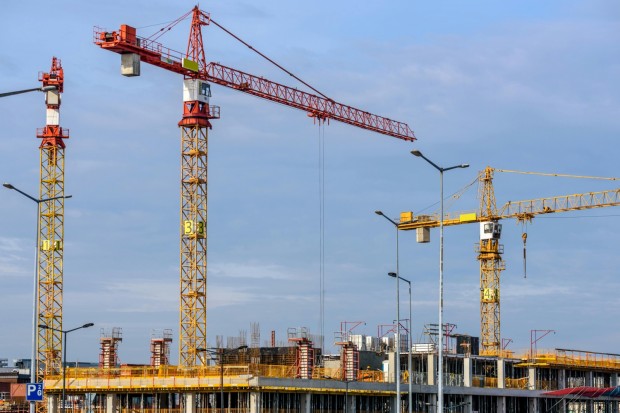In contrast to the traditional construction method, prefabricated construction allows for rapidly assembling brand-new structures. Learn more about the benefits of employing prefabricated buildings.

(Photo : Pexels/PhotoMIX Company )
1. Extremely Durable Materials
The materials typically used for prefabrication are generally sturdy and constructed to withstand long-distance transportation to the project's location. These materials include precast concrete panels and light-gauge steel frames. However, corten steel and other exposed metal finishes acquire a self-healing patina of rust. This allows them to avoid difficulties typically associated with more conventional materials, such as efflorescence on bricks and spalling on stones.
2. Fast Construction
Construction times can be reduced by half when pre-manufactured cassettes are slotted together or when a pre-assembled frame is covered, as opposed to conventional building methods. Foundation activities can occur concurrently with the casting of panels, with each step following the other in rapid succession. Instead of having to be added later, components such as insulation are already woven into the foundation.
3. Better Safety & Security
Companies are looking to create safer procedures because the construction business is a dangerous profession. Prefabrication mitigates the potential for environmental hazards such as grime and moisture issues by having workers fabricate subassemblies within controlled factory settings. In recent years, advancements in engineering and prefabricated materials have made it possible to construct structures and assemblies as sturdy as conventional man-made buildings.
Compared to a project job site, a factory-controlled environment provides a higher level of safety for workers and potential renters exposed to weather-related health concerns for the duration of their employment. Moreover, even more stringent manufacturing rules and processes are designed to safeguard workers from injuries that occur on the job. Changes in weather-related conditions, wind, and shifting ground conditions increase the risk of injury to construction workers despite the sites' emphasis on safety.
4. Cost-effectiveness
Constantly rising construction expenses diminish the sector's profit margins annually. The combination of temperate weather and extended daylight hours increases the demand for labor and materials, thereby driving up the cost of both. Prefabrication reduces labor expenses, further compensating for the escalating material costs. Moreover, The inclusion of the design service is standard in the majority of prefabricated construction scenarios. This removes these charges, which you would have to incur otherwise with construction expenses. Those expenses would have been incurred otherwise.
5. Low Maintenance
Prefabricated surfaces are resilient and require little upkeep, contributing to their extended service life. It is possible to leave the impenetrable exterior of a precast building unpainted, and it will be able to withstand harm from the elements. In addition, interiors are less likely to sustain damage and are simpler to clean, making them an appropriate finish for the criteria of the USDA. When prefabrication is designed in this manner, it allows for moving and reusing panels to renovate the building later, rather than pulling it down if its use or function changes.
6. Environmental Friendly
One of the significant advantages of prefabricated construction is its environmentally friendly nature. The components are constructed using recycled and environmentally friendly materials. Additionally, these products generate minimal waste due to their distinct manufacturing processes.
Related Article: Distinctive Advantages of Embracing Modular vs Prefabricated Homes for Modern Living







